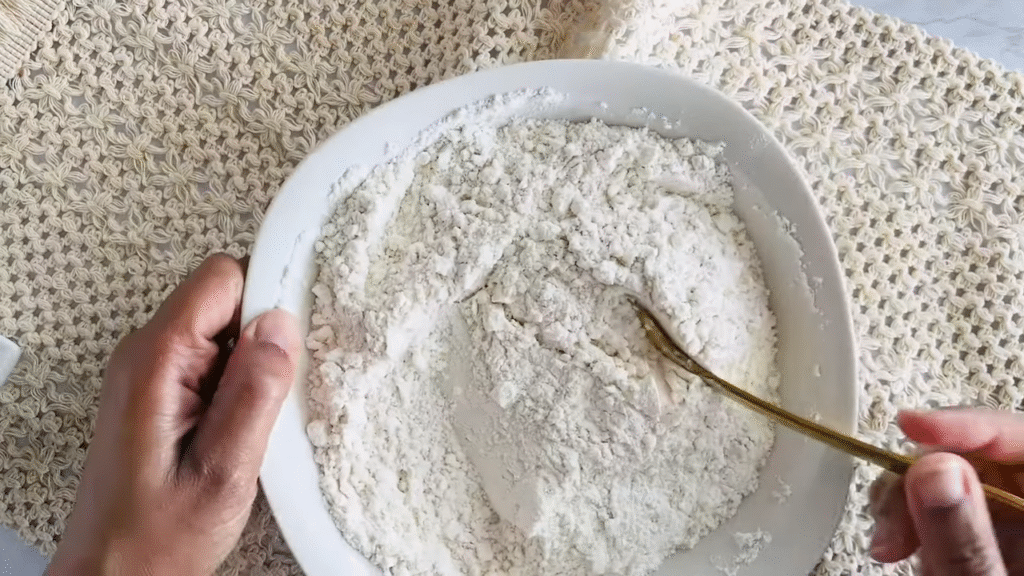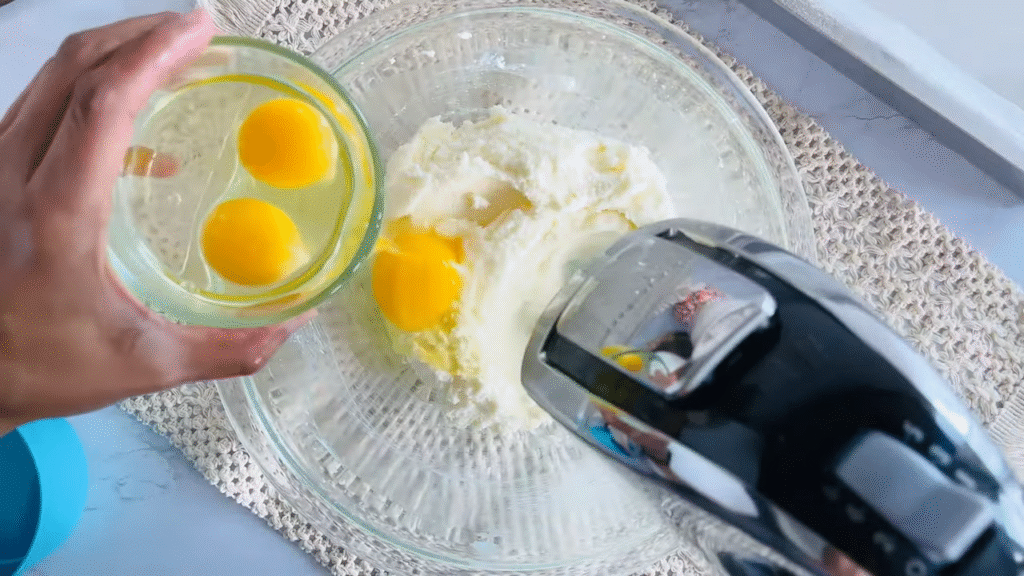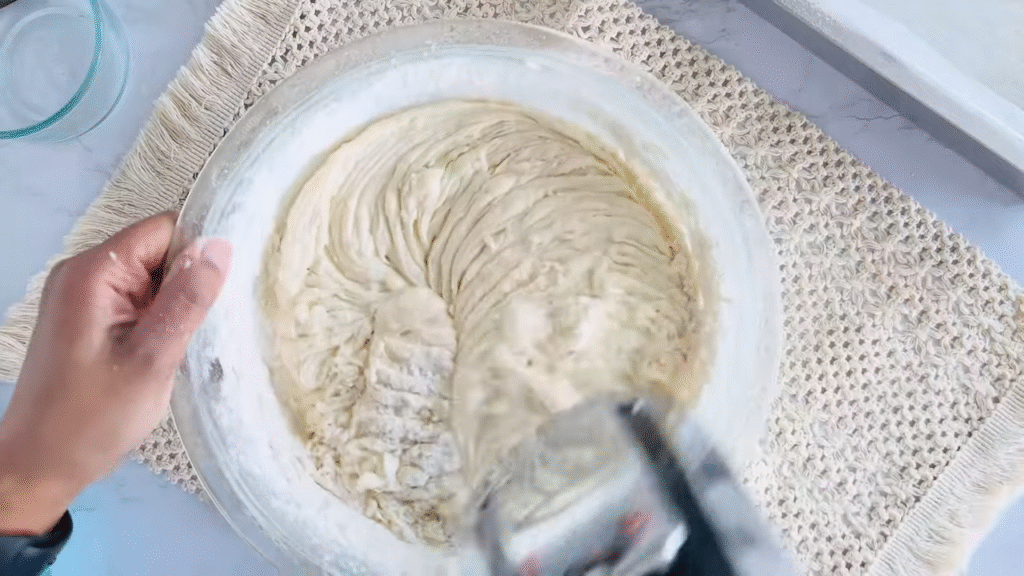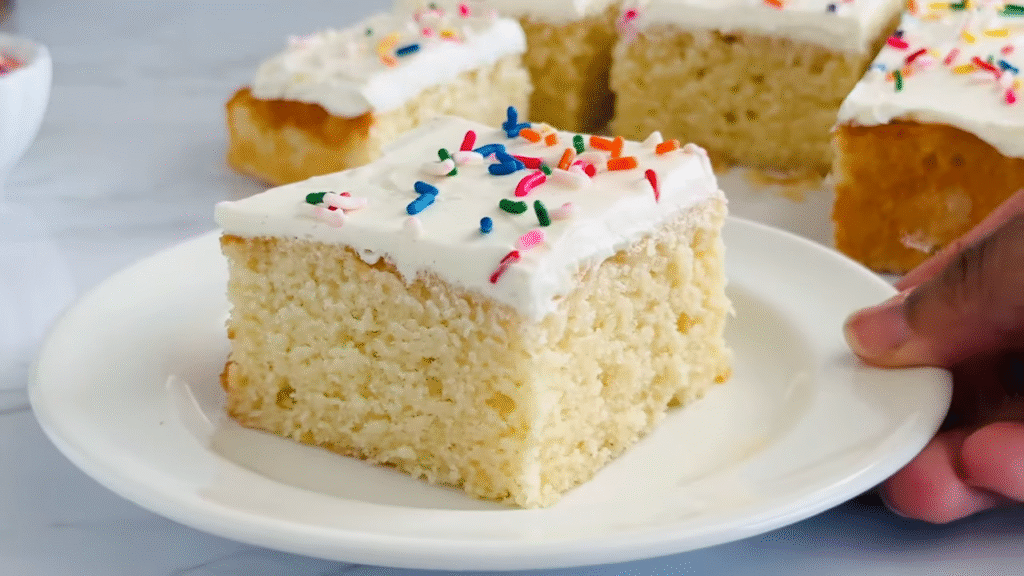I have to be honest—this recipe is close to my heart. I was tired of store-bought cakes that were either too sweet or just didn’t taste right. One day, I decided to try baking my own vanilla cake from scratch.
And wow… the smell, the soft texture, the buttery vanilla taste—it was love at first bite. Trust me, once you bake this, you’ll never want to go back to boxed cake mixes again.
Let’s bake this together.
Why You’ll Love This Vanilla Cake
This cake is everything a vanilla cake should be: soft, fluffy, and full of that warm, sweet vanilla flavor.
The best part? You don’t need fancy tools or complicated steps. It’s simple enough for beginners but tasty enough to impress anyone.
You’ll love it because:
- It’s made with simple ingredients you already have at home.
- The texture is soft and moist, not dry.
- You can eat it plain or dress it up with frosting, fruits, or cream.
Ingredients You’ll Need

Here’s what you’ll need to bake this cake:
- 2 ½ cups all-purpose flour
- 2 ½ tsp baking powder
- ½ tsp salt
- ¾ cup unsalted butter (softened)
- 2 cups sugar
- 4 large eggs (room temperature)
- 1 tbsp vanilla extract
- 1 cup milk (room temperature)
That’s it! Simple, everyday ingredients you probably already have.
Step-by-Step Instructions
1. Preheat Your Oven
Set your oven to 350°F (175°C). Grease two 9-inch round cake pans and line them with parchment paper.
2. Mix Dry Ingredients
In a bowl, whisk together the flour, baking powder, and salt. This step makes sure everything mixes evenly later.
3. Cream Butter and Sugar
In another large bowl, beat the butter and sugar together until light and fluffy. This is what gives the cake that soft, airy texture.
4. Add Eggs and Vanilla

Add the eggs one at a time, mixing well after each one. Stir in the vanilla extract.
5. Combine Wet and Dry
Now add the flour mix and milk in turns—flour, then milk, and repeat—until everything is combined. Don’t overmix; just make sure it’s smooth.
6. Bake the Cake
Divide the batter into the two pans. Bake for 25–30 minutes or until a toothpick comes out clean.
7. Cool and Serve

Let the cakes cool in the pans for 10 minutes, then remove them and let them cool completely on a wire rack.
Frosting Ideas to Make It Even Better
This vanilla cake is amazing plain, but if you want to take it up a level, here are a few ideas:
- Classic Buttercream Frosting – sweet and creamy, perfect with vanilla cake.
- Whipped Cream and Berries – light and fresh.
- Chocolate Ganache – rich and fancy for special occasions.
Tips for the Perfect Cake

- Make sure your butter and eggs are at room temperature.
- Don’t overmix the batter—stop when it looks smooth.
- Use real vanilla extract for the best flavor.
- Always check with a toothpick before pulling the cake out of the oven.
FAQs
Q: Can I make this cake without eggs?
Yes! You can replace each egg with ¼ cup of unsweetened applesauce or yogurt.
Q: Can I use self-rising flour instead of all-purpose?
Yes, but skip the baking powder and salt.
Q: How do I store the cake?
Keep it covered at room temperature for 2 days, or in the fridge for up to 5 days.
Q: Can I freeze this cake?
Absolutely! Wrap it tightly in plastic wrap and freeze for up to 2 months.
Q: Can I turn this recipe into cupcakes?
Yes! Just bake them in a muffin tray for 18–20 minutes.
That’s it! A simple, homemade vanilla cake recipe you’ll keep coming back to. Once you taste it, you’ll see why I’m so excited about this one.
